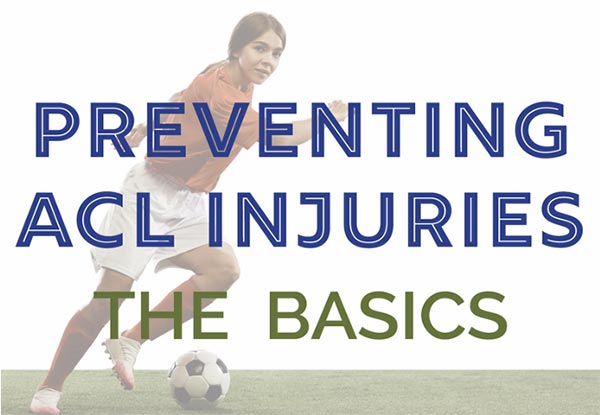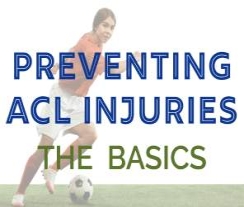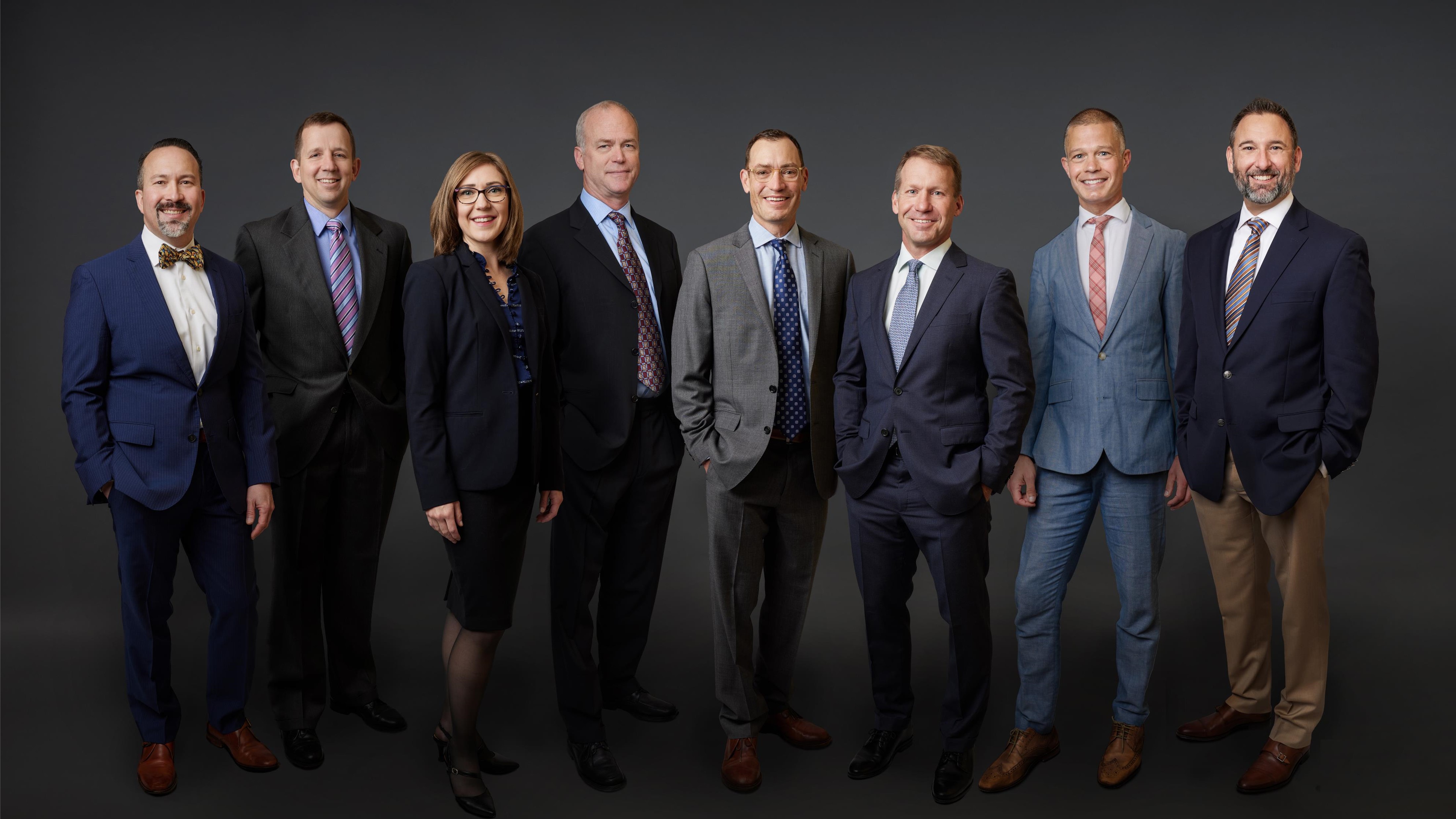
ACL tears can be devastating injuries. Adding insult to injury, the ACL does not heal on its own and thus requires surgical treatment in most cases. For people with low activity levels, lifestyle changes and physical therapy may help the pain and related instability caused by a tear. While there is a small subset of patients for whom a surgical ACL repair (reattaching the patient’s native ACL back to the bone) is appropriate, the procedure of choice for the vast majority of the active, healthy population with an ACL tear is an ACL reconstruction (making a new ACL out of another piece of tissue).
Your ACL is a ligament, and ligaments can’t be strengthened. So how can you reduce your risk of ACL injury if you can’t strengthen the ACL? Actually, there are many actions you can take.
TAKING ACTION TO PREVENT ACL INJURIES
Strengthen the muscles of the leg overall, particularly the hamstrings. Practice exercises that strengthen the muscles of the hips, pelvis, abdomen, and lower back. Keeping those muscles strong improves overall balance, and any sudden stresses will be distributed throughout the lower part of body, not focused on the knee joint.
Get training on proper jumping and landing techniques. Training on how to pivot and cut while in motion without over-stressing the knee joint is also very helpful, particularly if you’re active in sports where pivoting frequently is necessary.
Correct for anatomy. The female anatomy in particular often defaults to inward motion of the knee. Training and use of gear that helps reduce that natural inward motion aids in supporting the knee joint.
Brace for it. There are several good-quality knee braces available that may provide extra knee support and stability during activity. Speak with your physician, physical therapist, or sports coach for guidance on what type of knee brace is best for your activity level.
Use proper footwear. Whatever activity you pursue, the correct footwear, whether for competitive sports or general recreation, can mean the difference between a tweak and a tear.
Practice balancing and stretching exercises. Although the BOSU ball at the gym may come to mind, there other ways to achieve good balance. For example, regular practice of yin yoga, which targets the deep connective tissues of the body, improves balance and flexibility.


